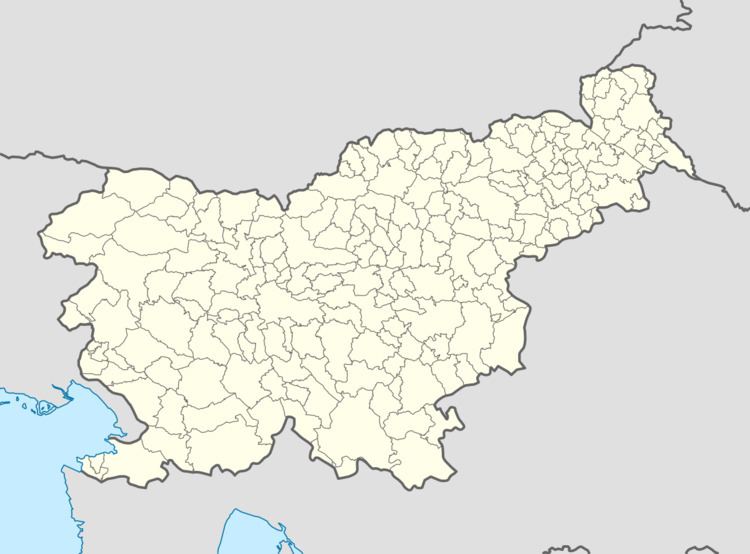Elevation 504 m | Municipality Žiri | |
 | ||
Weather 4°C, Wind W at 0 km/h, 75% Humidity | ||
Dobračeva ([dɔˈbɾaːtʃɛʋa]; German: Dobratschewa) is a formerly independent settlement in the town of Žiri in western Slovenia. It was part of the traditional region of Upper Carniola and is now included with the rest of the municipality in the Upper Carniola Statistical Region. It includes the hamlets of Koče and Rakulk.
Contents
Geography
Dobračeva is an elongated village at the northeast edge of the Žiri Plain (Slovene: Žirovsko polje) along the road between Žiri and Fužine. To the south, it transitions into the former settlement of Stara Vas. The hamlet of Koče lies southeast of the cemetery in Dobračeva, and the hamlet of Razkulk lies to the northeast along Razkulka Creek.
History
Before the Second World War, there were an electricity plant, a sawmill, and a flour mill along Rakulka Creek. The prewar economy was mostly based on crafts and farming, with limited grain production and some animal husbandry. Other income came from the local inn and renting out rooms. During the war, Partisan forces engaged enemy troops in the area in August 1943. A roadside monument marks the place where the Prešeren Brigade was able to break through after several days of fighting at Žirovski Vrh. German forces attacked Žiri on 4 January 1944. Water mains were set up in the village in 1956, connected to the Rakulka catchment basin. Dobračeva was annexed by Žiri in 1982, ending its existence as an independent settlement.
Church
The church in Dobračeva is dedicated to Saint Leonard. The church has a rectangular nave and an octagonal chancel walled on three sides, and dates from the 18th and 19th centuries. The Baroque altar dates from the 18th century and was probably created by the Facia workshop in Polhov Gradec. The pulpit is the work of Štefan Šubic (1820–1884).
Cultural heritage
In addition to Saint Leonard's Church, several other structures in Dobračeva have protected cultural monument status:
Notable people
Notable people that were born or lived in Dobračeva include:
